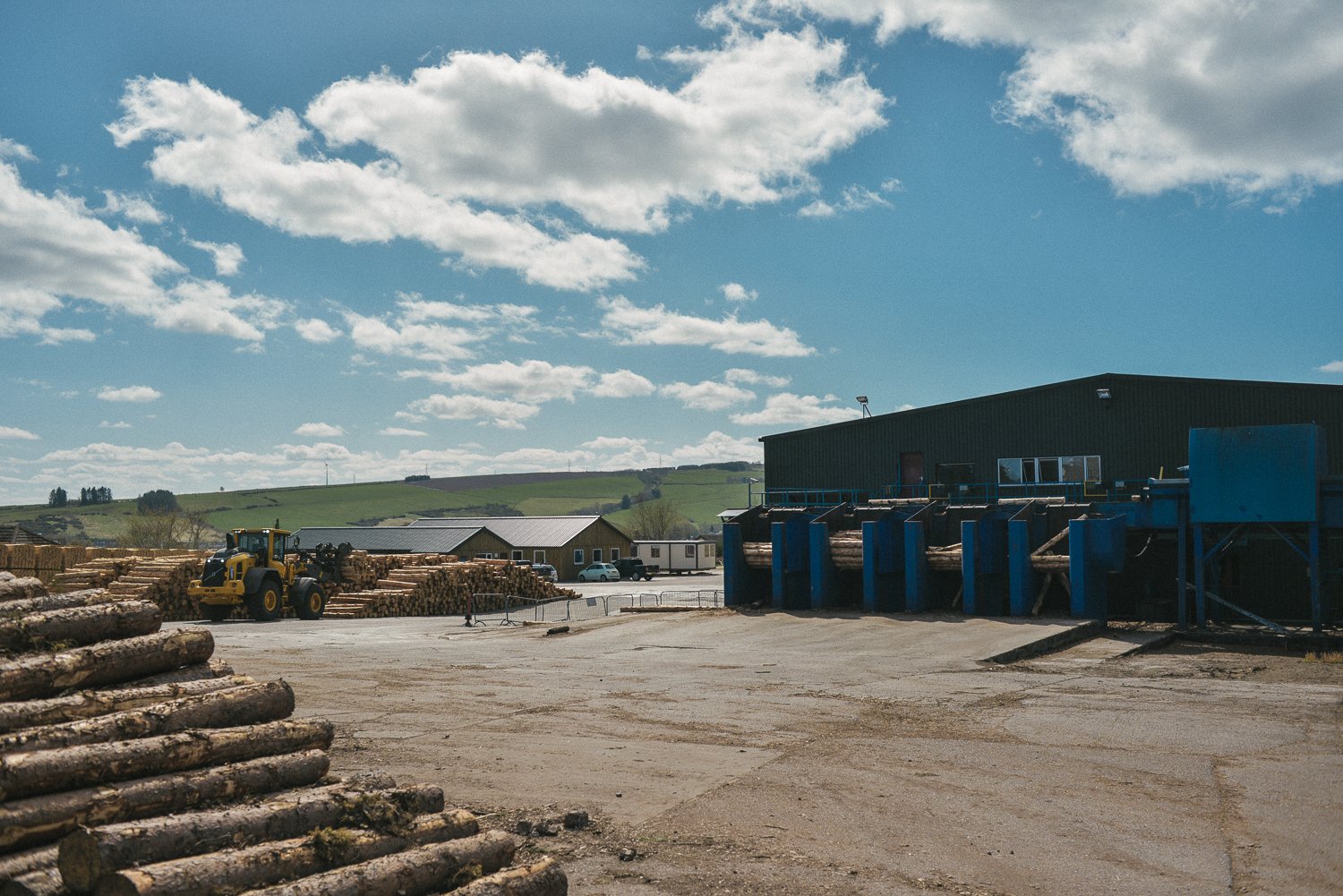How to source sustainable timber
In our latest blog post we discuss the ins and outs of sustainable timber sourcing in the UK.
With Brexit on the horizon and new timber sourcing challenges arising as a result, we enlist the expertise of Steven Liddle of Greenbeard Forestry to ensure our business adheres to or exceeds the current best practice. Steven’s work has seen him involved in forestry expansion schemes and more than 100 woodland creation schemes, he specialises in the restoration of designed landscapes and restructuring senescent woodlands.
Steven is also currently a Forestry Commission Forum Member for the Forestry Commission Scotland, his knowledge of the industry spans nearly 20 years. We asked him to provide a brief overview of the woodland certification process.
Background
Woodland certification is seen as the gold standard of forest management. The UK is covered by UKWAS or UK Woodland Assurance Scheme, which is a paid membership scheme audited externally for compliance which originated from the Rio Earth summit in 1992 and Helsinki in 1994. The certification scheme was aimed at less regulated markets than Europe such as Africa, South America and Asia, as the UK already had a sustainable forest management system in place, now known as the Forestry Act 1919.
Moving forward
The 1919 Act, which was created in response to the experience of WW1 and the country’s reliance on imported material for pit props and ammunition boxes, was followed by the 1967 Act, which meant that any tree woodland felled had to be under licence by the Forestry Commission over five cubic meters per Qtr, or any dangerous or windblown timber. Any felling was issued with a strict restocking policy, which meant no loss of woodland cover and an early form of sustainable forest management was born.
Ensuring biodiversity thrives
Following Rio and Helsinki a growing understanding of the need for retaining and restoring biodiversity came into play, leading to rules governing restocking with the need to retain deadwood for insects, plant at least 15% native species and have up to 10% open ground, including adjacent to watercourses. These were all aimed at providing sustainable woodland with added biodiversity benefit. Protecting the natural environment is paramount and we strictly adherence to SEPA, Forestry Commission, SNH, Local authority planning and certification laws. There is nothing we do as an industry that is not regulated in triplicate by a combination of statutory stakeholders.
Responsible specification
At WoodBlocX we take pride in our levels of sustainability and quality management . To ensure your timber products are of a suitable standard be sure to follow industry guidelines such as the UK Forestry Standard and be sure to fully research any timber products that are being specified.
Notes/references
The Forestry Commission is a non-ministerial government department responsible for the management of publicly owned forests, and the regulation of both public and private forestry, in England. UKWAS UK Woodland Assurance Standard






